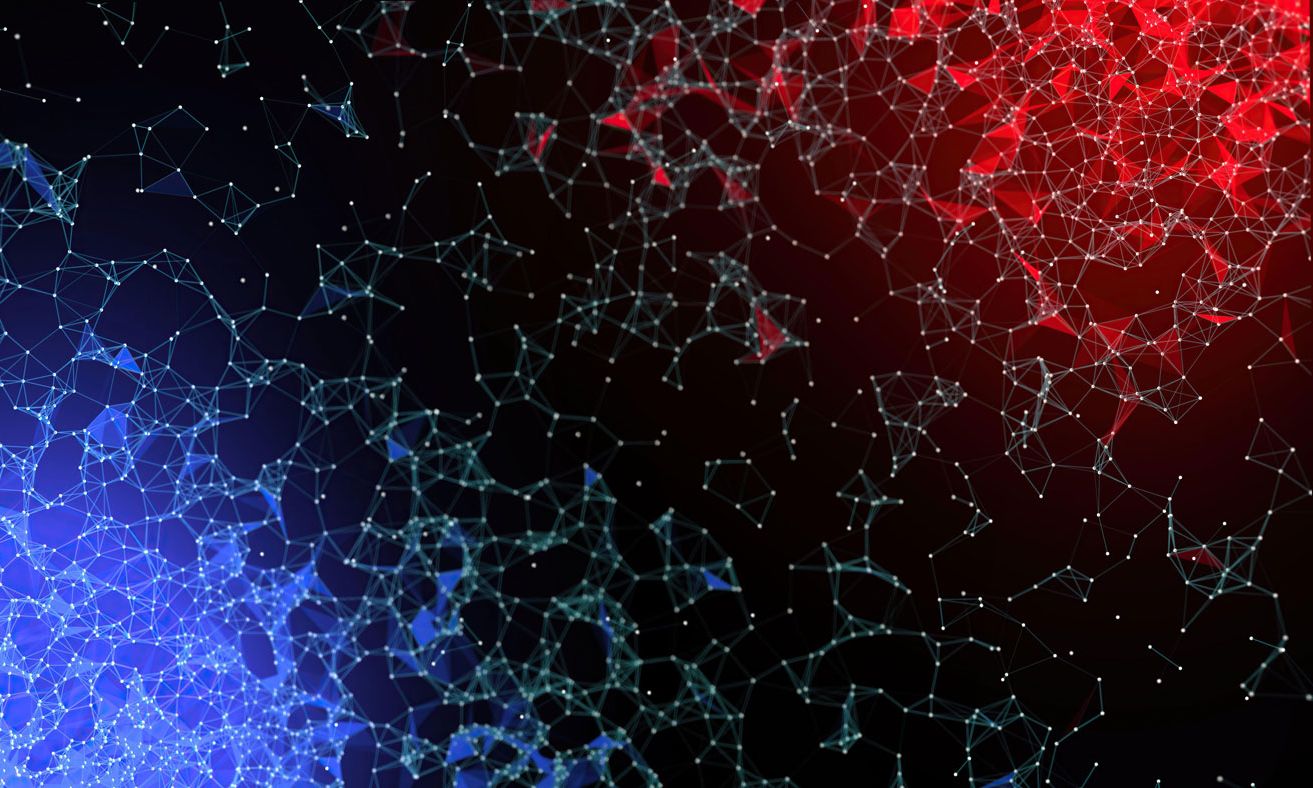Artificial intelligence: Lawsuits have been launched recently against companies who use AI tools to learn an artist's style Dmytro Olegovich Zakharchuk / Alamy Stock Photo
The tension between the opportunities presented by new technology and the need for artists to be able to control the use of their own works and derive revenue from them is all too familiar. Inevitably, cases and/or legislation will draw an artificial line between what is fair and what is not.
The last few months have seen a number of court cases filed around the use of artwork images by tech companies in order to “train” their artificial intelligence (AI) tools. These companies scrape images off the internet and use them to program their AI with different themes, moods and styles. The main target of these lawsuits is Stability AI’s image generator tool Stable Diffusion. Getty Images is suing Stability in both the USA and the UK for the alleged use of millions of pictures from Getty’s library to train Stable Diffusion. In the USA, Getty is reportedly claiming damages of $2 trillion!
The issues with AI and copyright law are manifold: first and foremost, the issue of how and from what the AI tool learns, raises questions as to whether the learning process (never mind the output) is infringing copyright. The cases against Stability are the simplest example of this: the allegation made by Getty is that their copyright images were simply copied in the process of training the Stable Diffusion tool, and this copying (assuming it was unlicensed) would infringe any copyright subsisting in the images. It’s hard to see how Stability can defend this, as any programming process will involve reproduction of the source material, even if the copy is only stored very briefly. In the US, issues of “fair use” may well be relevant to Stability case, but this is less applicable to the UK.
It’s a much more nuanced issue as to whether the output that AI tools produce are themselves infringing works. In practice, this is likely to involve an assessment of whether any part of an original image was copied, and if that part was “substantial”. There are claims that Stable Diffusion has been used to generate images in the style of named artists (even if their actual work wasn’t reproduced), which further complicates the infringement analysis.
It’s a familiar tension between the opportunities presented by new technology and the need for artists to be able to control the use of their work and derive revenue from them. Inevitably, cases and/or legislation will draw an artificial line between what is fair and not.
Moves are afoot to legislate on the issue of infringement. In the UK, the Government recently proposed expanding an exception to infringement rules that currently exists for data mining for non-commercial research purposes, to allow this for any purpose, thus permitting training of AI tools without infringing.There is doubt whether this will proceed, but the EU is pressing ahead with a similar exception that would apply unless the rights owner has expressly reserved its rights, a compromise solution that throws up yet more issues for both sides of the debate to argue about.
The other side of the coin is the protection of AI-generated works themselves. Can AI-generated works be “original” in order to themselves be covered by copyright? In the context of an AI tool that learns styles and images, that may be a very difficult question to answer and again may involve a very granular case by case analysis.
And if copyright does exist in the art created, who owns it? The UK copyright legislation states that it is the author or creator of an original work who owns the copyright in it. That author then has the right to reproduce that work or allow others to do so by virtue of assignment of the copyright altogether or a by a licence. However, what if the digital asset is not produced by a human but was produced by Artificial Intelligence? Who owns the copyright in something created by a machine where there is no “artistic endeavour” or “labour, skill and judgment” of the artist? A good example are the CryptoPunks characters, which are randomly generated computer images, each one differing from the previous, but all with a common 8-bit format. Who owns the copyright in these computer generated images?
In the UK, the Copyright Designs and Patents Act 1988 is unusual in trying to tackle this issue as “computer generated works”. It defines the owner (or author) as the person who makes the “arrangements necessary for the creation of the work”, but this will not always be so easy to determine, and it may be difficult to pick out where, and which, human has “made arrangements”.
The Stability cases will be watched carefully in order to extract some judicial certainty about these issues. But, with appeals, it could be many years before the courts catch up with today’s technology, let alone tomorrow’s.

